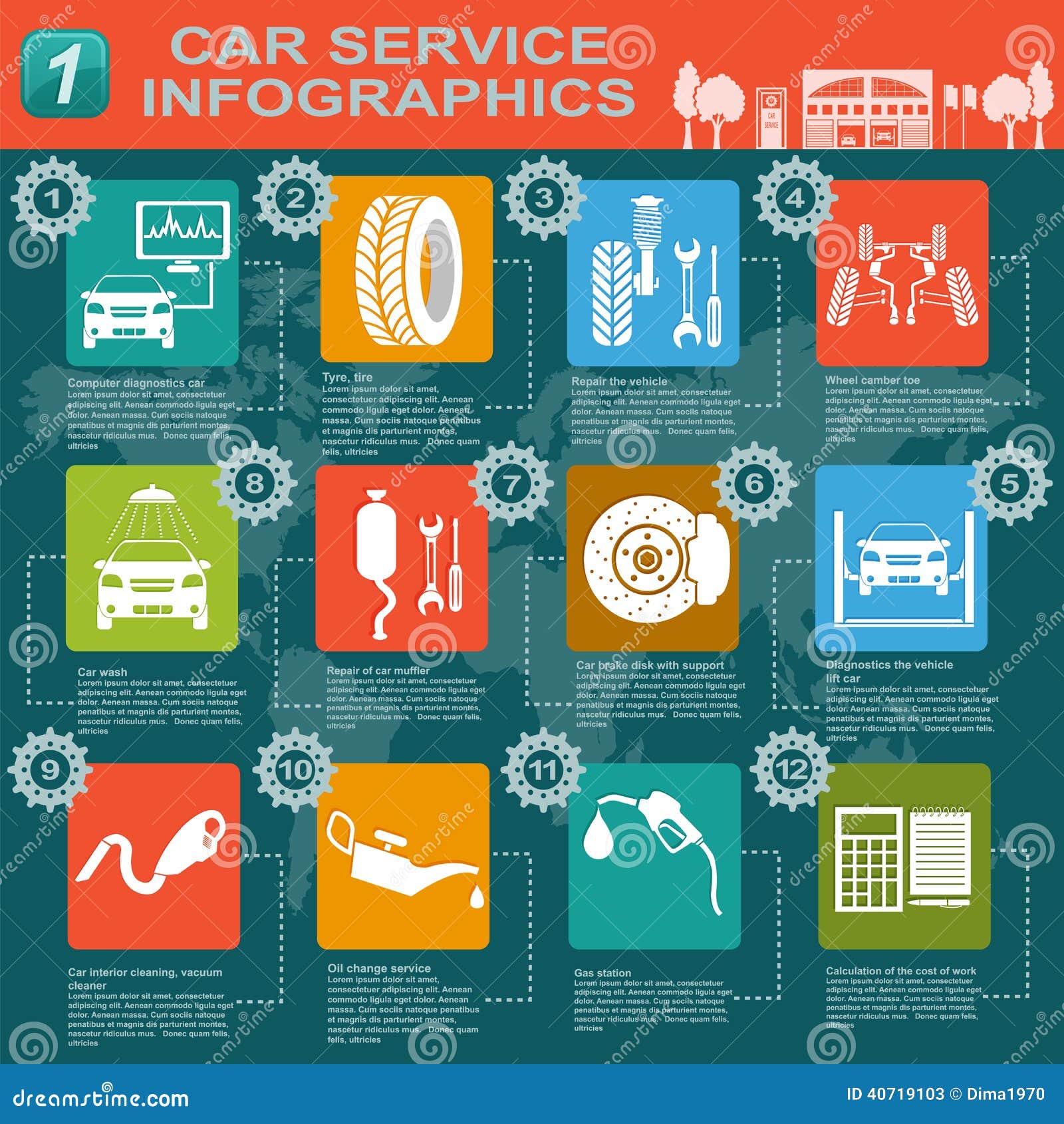Analyzing Your Automobile'S Alert Lights: Their True Implications
Analyzing Your Automobile'S Alert Lights: Their True Implications
Blog Article
Uploaded By-Samuelsen Dalgaard
When you're behind the wheel, those glowing warning lights on your dashboard can be a bit difficult. Do you know what they're trying to tell you regarding your car's health? Recognizing the relevance of these lights is essential for your safety and security and the longevity of your vehicle. So, the next time one of those lights turns up, wouldn't you wish to decipher its message precisely and take the required steps to address it?
Common Caution Lighting and Interpretations
Determine typical caution lights in your car and comprehend their meanings to guarantee secure driving.
One of the most common caution lights consist of the check engine light, which indicates problems with the engine or exhausts system. If this light begins, it's essential to have your car inspected without delay.
The oil stress warning light indicates low oil stress, calling for immediate interest to avoid engine damages.
A flashing battery light might suggest a defective charging system, possibly leaving you stranded otherwise attended to.
The tire stress tracking system (TPMS) light notifies you to reduced tire stress, impacting vehicle security and gas efficiency. Ignoring car cleaning services near me might lead to harmful driving conditions.
The ABS light suggests a trouble with the anti-lock braking system, compromising your capability to stop promptly in emergencies.
a&mmarine but not least, the coolant temperature level alerting light warns of engine overheating, which can lead to severe damages if not resolved quickly.
Comprehending these usual caution lights will help you resolve issues without delay and preserve risk-free driving conditions.
Relevance of Prompt Attention
Recognizing the common warning lights in your vehicle is only the primary step; the importance of immediately attending to these cautions can not be stressed sufficient to guarantee your security when driving.
When a warning light brightens on your control panel, it's your cars and truck's way of interacting a possible issue that requires interest. Ignoring these warnings can cause much more severe issues down the road, endangering your safety and potentially costing you much more out of commission.
Trigger interest to warning lights can stop failures and crashes. For instance, a blinking check engine light could indicate a misfire that, if left neglected, could create damages to the catalytic converter. Addressing this promptly can save you from a pricey repair work.
Similarly, a brake system advising light may signify reduced brake fluid or worn brake pads, critical parts for your security when driving.
Do It Yourself Troubleshooting Tips
If you see a warning light on your control panel, there are a few do it yourself fixing pointers you can try before seeking expert assistance.
The primary step is to consult your car's handbook to comprehend what the particular warning light indicates. In some cases the problem can be as simple as a loosened gas cap setting off the check engine light. Tightening the gas cap might settle the issue.
One more usual issue is a low battery, which can set off different cautioning lights. Inspecting the battery connections for deterioration and ensuring they're safe could deal with the problem.
If a warning light lingers, you can try resetting it by separating the cars and truck's battery for a few minutes and afterwards reconnecting it. Furthermore, examining your vehicle's fluid levels, such as oil, coolant, and brake liquid, can aid repair cautioning lights associated with these systems.
https://devinkfzun.vblogetin.com/37751019/mobile-auto-explaining-ease-meets-quality-for-your-vehicle
In conclusion, comprehending your vehicle's caution lights is vital for keeping your lorry running efficiently and safely. By promptly attending to these notifies and recognizing what they suggest, you can stay clear of costly fixings and possible malfunctions.
Keep in mind to consult your auto's handbook for certain details on each cautioning light and do something about it as necessary to ensure a trouble-free driving experience.
Remain notified, remain safe when driving!
